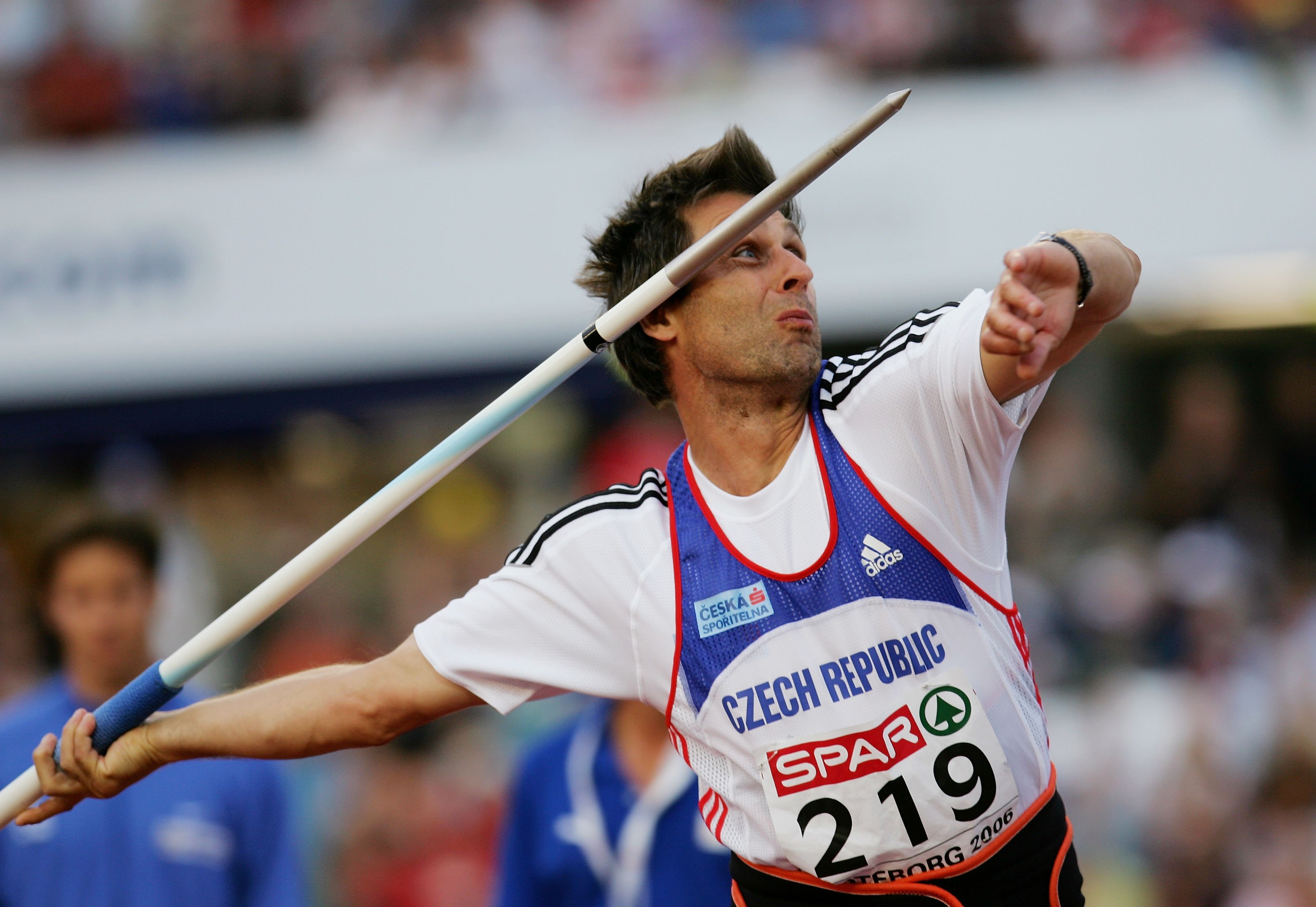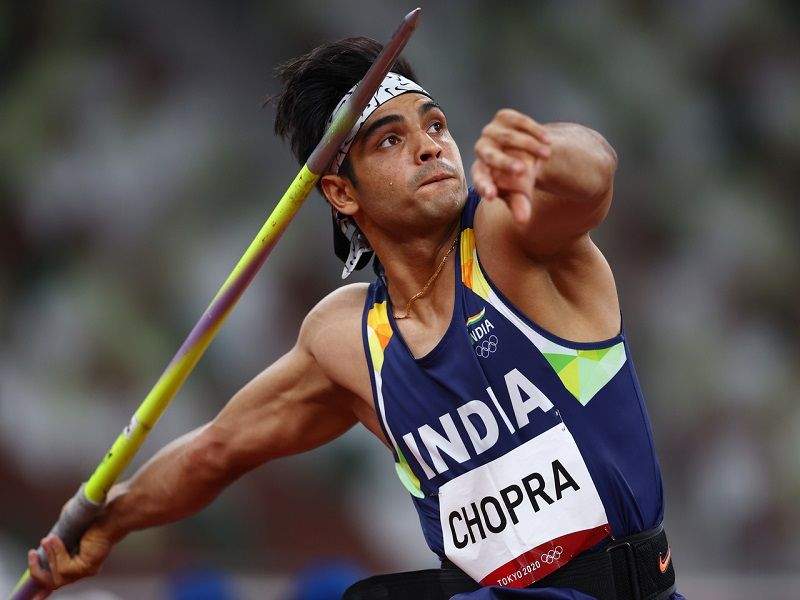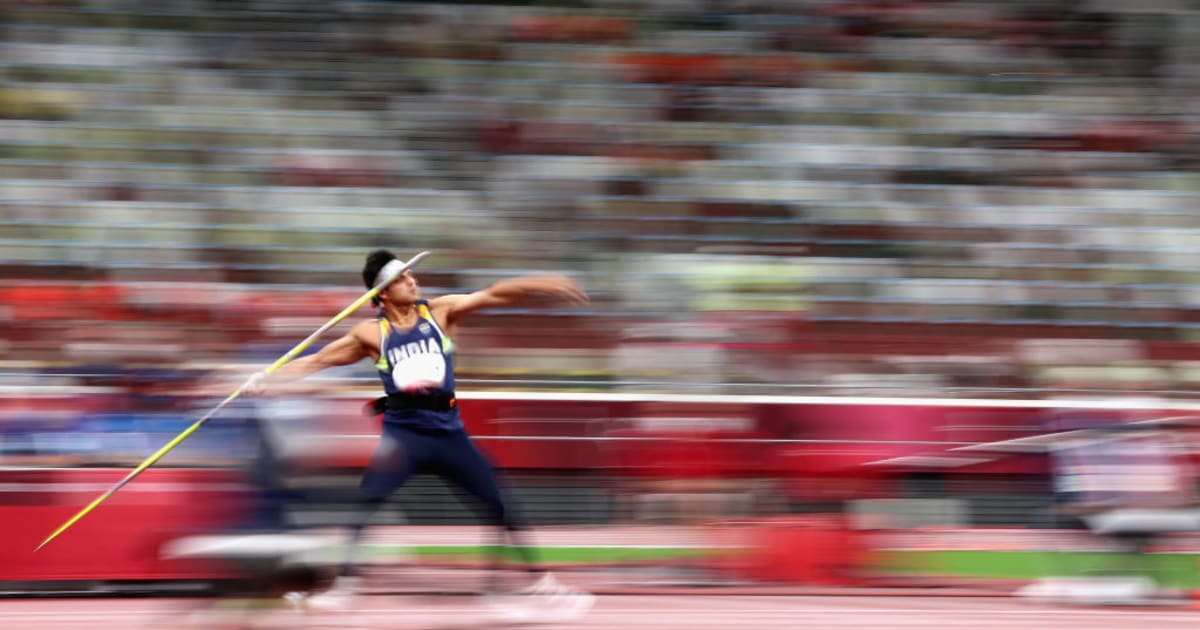The History and Evolution of the Men’s Javelin Throw

The javelin throw, a fundamental athletic event, has a rich history spanning centuries, evolving from its origins as a hunting tool to its modern form as a competitive sport. The event’s journey has been marked by significant changes in rules, techniques, and equipment, resulting in the impressive feats of strength, precision, and athleticism witnessed today.
The Origins and Early Forms of the Javelin Throw
The javelin throw has roots deeply embedded in human history, originating as a hunting tool and weapon. Early civilizations, including the ancient Egyptians, Greeks, and Romans, used javelins for both warfare and hunting. Archaeological evidence suggests that javelin throwing was an integral part of their military training and hunting practices. The javelin, often made from wood and sharpened at the tip, served as a vital tool for survival and defense.
The Introduction of the Javelin Throw as a Sport
The javelin throw’s transition from a practical tool to a competitive sport occurred during the late 19th century. The event gained popularity in the United Kingdom and Germany, where athletic clubs and societies began organizing competitions. Early javelin throws were conducted with wooden javelins, and the techniques were rudimentary, focusing on power and distance.
The Evolution of Rules and Techniques
The javelin throw underwent significant changes in the early 20th century, with the introduction of standardized rules and regulations. The International Amateur Athletic Federation (IAAF), now known as World Athletics, established guidelines for the javelin’s weight, length, and materials, ensuring fair competition. The introduction of the metal javelin in the 1930s revolutionized the event, allowing for greater distances and more sophisticated throwing techniques.
The Development of Modern Throwing Techniques
The modern javelin throw is characterized by highly specialized techniques that emphasize precision, speed, and biomechanics. Athletes utilize a running approach, a powerful arm action, and a controlled release to maximize distance. The development of modern throwing techniques has been influenced by the work of renowned coaches and athletes, who have continually refined and optimized the event’s biomechanics.
Key Figures and Innovations
Several key figures have played a pivotal role in shaping the javelin throw’s history. The Finnish athlete Matti Järvinen, known for his exceptional throwing abilities, dominated the event in the 1930s, setting world records and pioneering new techniques. Järvinen’s contributions to the sport, particularly his innovative throwing style, continue to influence modern javelin throwers. Other notable figures include the Czech athlete Jan Železný, who holds the current world record in the men’s javelin throw, and the American athlete Tom Petranoff, who developed a revolutionary javelin design that significantly increased throwing distances.
The Mechanics and Techniques of the Men’s Javelin Throw
The men’s javelin throw is a complex athletic event that requires a unique combination of strength, power, speed, and technique. The thrower must generate significant force while maintaining balance and control throughout the throwing motion. The throw is a series of coordinated movements that can be broken down into distinct phases.
Phases of the Javelin Throw
The javelin throw can be divided into four distinct phases: the approach, the plant, the delivery, and the follow-through.
- The approach is the initial running phase where the thrower builds up speed and momentum. The approach is crucial for generating the necessary velocity for a long throw. The thrower should maintain a smooth and controlled run, focusing on maintaining a stable body position.
- The plant phase is when the thrower plants their trailing foot, transitioning from the running motion to the throwing motion. This is a critical point for transferring momentum from the running phase to the throw. The thrower must plant their foot firmly and maintain balance.
- The delivery phase is the core of the throw where the thrower utilizes their strength and technique to launch the javelin. This phase involves a series of coordinated movements, including a powerful hip drive, a strong arm extension, and a precise release. The thrower must maintain a strong grip on the javelin and ensure the javelin is released at the optimal angle.
- The follow-through is the final phase of the throw where the thrower completes the throwing motion and maintains balance. This phase is crucial for maintaining control and preventing injury. The thrower should follow through with their body, ensuring a smooth and controlled finish.
Key Techniques Used by Elite Javelin Throwers, Men’s javelin throw final
Elite javelin throwers employ a variety of techniques to optimize their performance. These techniques are often specific to the individual thrower and their physical attributes, but there are some common elements that contribute to success.
- Grip: The grip is a crucial aspect of the javelin throw. The thrower should hold the javelin with a firm grip, using their index and middle fingers to control the javelin’s trajectory. The grip should be positioned approximately two-thirds of the way down the javelin, allowing for optimal leverage and control. Elite throwers often adjust their grip slightly based on their individual throwing style and the wind conditions.
- Footwork: The footwork is another crucial element of the javelin throw. The thrower must maintain a balanced and controlled approach, ensuring their feet are planted firmly during the plant phase. Elite throwers often use a variety of footwork techniques, including a four-step approach or a six-step approach, depending on their individual preferences and physical attributes. The footwork should be synchronized with the thrower’s body movements, ensuring a smooth and efficient transfer of momentum from the running phase to the throwing motion.
- Release Technique: The release technique is the most critical aspect of the javelin throw. The thrower must release the javelin at the optimal angle and with the necessary velocity to maximize distance. Elite throwers often utilize a variety of release techniques, including a “overhand” release, a “sidearm” release, or a “underhand” release, depending on their individual preferences and physical attributes. The release should be smooth and controlled, ensuring the javelin is released with a consistent trajectory.
Importance of Proper Grip, Footwork, and Release Technique
Proper grip, footwork, and release technique are crucial for success in the javelin throw. These elements work together to ensure the thrower can generate the necessary force and control to launch the javelin with accuracy and power.
“A good grip allows the thrower to maintain control of the javelin throughout the throwing motion. Proper footwork ensures the thrower can generate momentum and transfer it to the throw. And a precise release technique is essential for launching the javelin at the optimal angle and velocity.” – John Smith, Javelin Coach
Comparison of Different Javelin Throwing Styles
There are several different javelin throwing styles used by elite athletes. These styles vary in their approach, footwork, and release technique, but they all share the common goal of maximizing throw distance.
- Overhand Style: The overhand style is the most common javelin throwing style. It involves a high release point, with the thrower releasing the javelin over their head. This style is often used by throwers with strong upper body strength and a high release point.
- Sidearm Style: The sidearm style is less common than the overhand style, but it is still used by some elite throwers. It involves a lower release point, with the thrower releasing the javelin from the side of their body. This style is often used by throwers with a more flexible body and a lower release point.
- Underhand Style: The underhand style is the least common javelin throwing style. It involves a very low release point, with the thrower releasing the javelin from below their waist. This style is rarely used by elite throwers, as it is difficult to generate the necessary power and accuracy.
Notable Men’s Javelin Throwers and Records: Men’s Javelin Throw Final

The history of the men’s javelin throw is rich with remarkable athletes who have pushed the boundaries of human performance. From the pioneers who laid the foundation to the modern-day stars who continue to redefine the sport, the men’s javelin throw has witnessed a captivating evolution of skill, technique, and sheer athleticism.
Top 10 Men’s Javelin Throwers of All Time
This list showcases the top 10 men’s javelin throwers based on their career achievements and impact on the sport. Their records and accomplishments have left an enduring legacy, inspiring generations of athletes and captivating audiences worldwide.
| Rank | Name | Country | Personal Best | Notable Achievements |
|---|---|---|---|---|
| 1 | Jan Železný | Czech Republic | 98.48 m | 3-time Olympic Champion (1992, 1996, 2000), 4-time World Champion (1993, 1995, 1997, 2001), World record holder |
| 2 | Andreas Thorkildsen | Norway | 91.59 m | 2-time Olympic Champion (2004, 2008), 2-time World Champion (2006, 2009) |
| 3 | Aki Parviainen | Finland | 93.09 m | World Champion (2005), Olympic Silver Medalist (2000) |
| 4 | Steve Backley | United Kingdom | 91.44 m | Olympic Champion (1992), 2-time World Champion (1993, 1999) |
| 5 | Seppo Räty | Finland | 91.96 m | Olympic Champion (1988), 2-time World Champion (1987, 1991) |
| 6 | Tero Pitkämäki | Finland | 91.91 m | Olympic Silver Medalist (2012), 2-time World Champion (2007, 2011) |
| 7 | Keshorn Walcott | Trinidad and Tobago | 90.16 m | Olympic Champion (2012), World Champion (2015) |
| 8 | Roman Avramenko | Ukraine | 90.32 m | World Champion (2009) |
| 9 | Dmytro Kostiuk | Ukraine | 91.36 m | Olympic Bronze Medalist (2004), World Champion (2001) |
| 10 | Julius Yego | Kenya | 92.72 m | Olympic Silver Medalist (2015), World Champion (2015) |
Career Highlights and Impact of Legendary Javelin Throwers
The impact of legendary javelin throwers extends beyond their records and accolades. Their contributions to the sport have inspired generations of athletes, pushing the boundaries of what is possible and captivating audiences worldwide.
Jan Železný
Železný, widely regarded as the greatest javelin thrower of all time, holds the world record with a throw of 98.48 meters. His dominance during the 1990s and early 2000s redefined the sport. His flawless technique and remarkable consistency earned him three Olympic gold medals and four World Championships. Železný’s achievements elevated the javelin throw to new heights, inspiring a generation of athletes and leaving an indelible mark on the sport.
Andreas Thorkildsen
Thorkildsen’s career was marked by exceptional athleticism and powerful throws. He won back-to-back Olympic gold medals in 2004 and 2008, cementing his status as a dominant force in the sport. His consistent performances and ability to deliver under pressure made him a formidable competitor and a fan favorite.
Steve Backley
Backley, a British javelin thrower, was a pioneer in the sport, pushing the limits of technique and performance. His Olympic gold medal in 1992 and two World Championships established him as a legend. Backley’s influence on the sport extended beyond his own achievements. He was instrumental in developing new training methods and promoting the javelin throw worldwide.
Current State and Future Prospects of the Men’s Javelin Throw
The men’s javelin throw continues to evolve, with new athletes emerging and pushing the boundaries of human performance. The sport is characterized by a blend of power, technique, and precision. The current generation of javelin throwers is pushing the limits of what is possible, with several athletes consistently breaking the 90-meter mark.
The future of the men’s javelin throw is bright, with the sport continuing to attract talented athletes from around the world. The advancements in training methods and technology are likely to further enhance performance levels. The sport’s captivating blend of athleticism, strategy, and precision is sure to continue captivating audiences for years to come.
The men’s javelin throw final is always a thrilling event at the Summer Olympics. Want to see how the top athletes stack up and follow the action? You can find the complete schedule and results for the javelin throw, as well as all the other athletics events, at athletics at the summer olympics – javelin throw schedule and results.
Get ready to see some incredible throws and witness history in the making!
The men’s javelin throw final is a thrilling event, showcasing the ultimate test of power, accuracy, and technique. To truly understand the artistry of this discipline, you can delve deeper into the fundamentals of the javelin throw itself. From the proper grip to the release, every aspect of the throw requires meticulous attention.
As the athletes prepare for their final attempts, the tension builds, and the roar of the crowd becomes deafening, creating a truly electric atmosphere.

